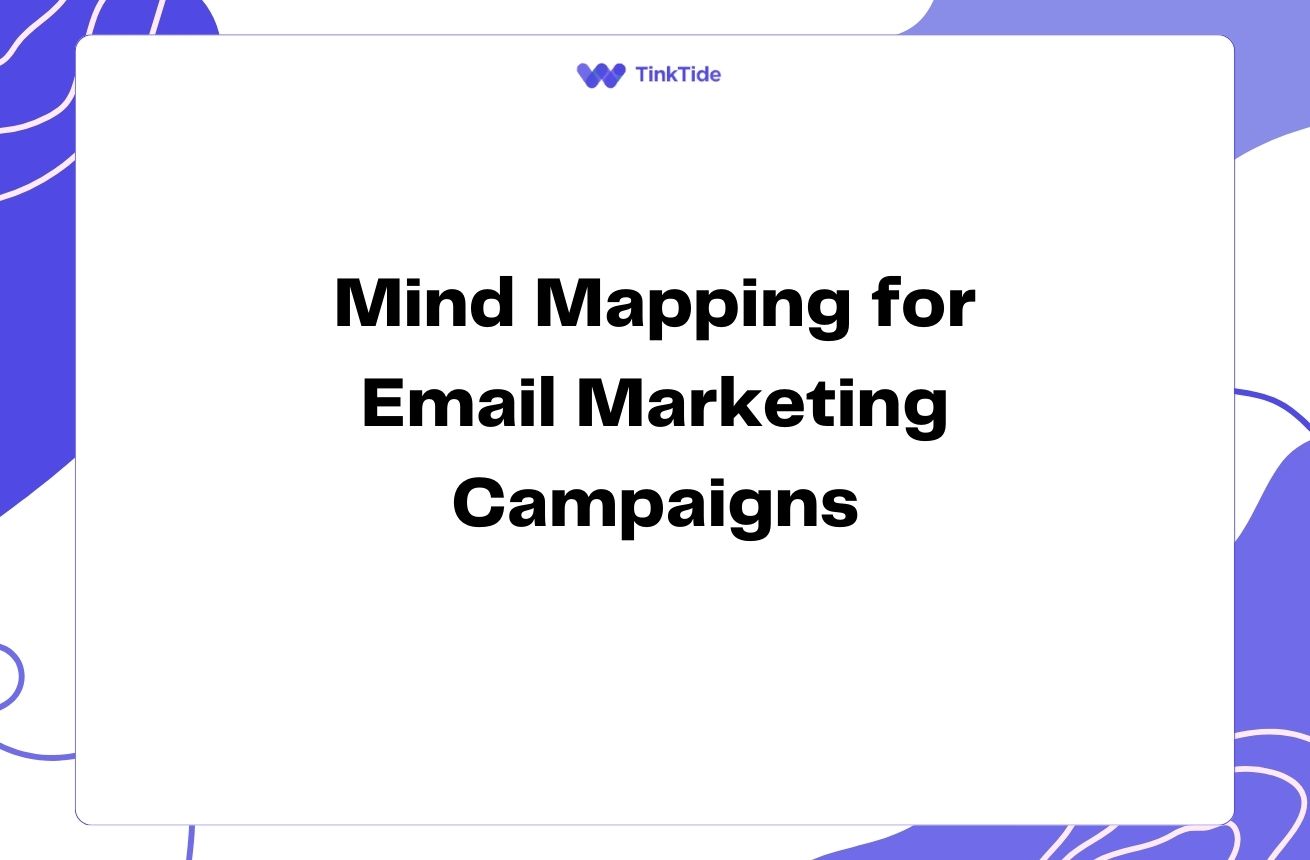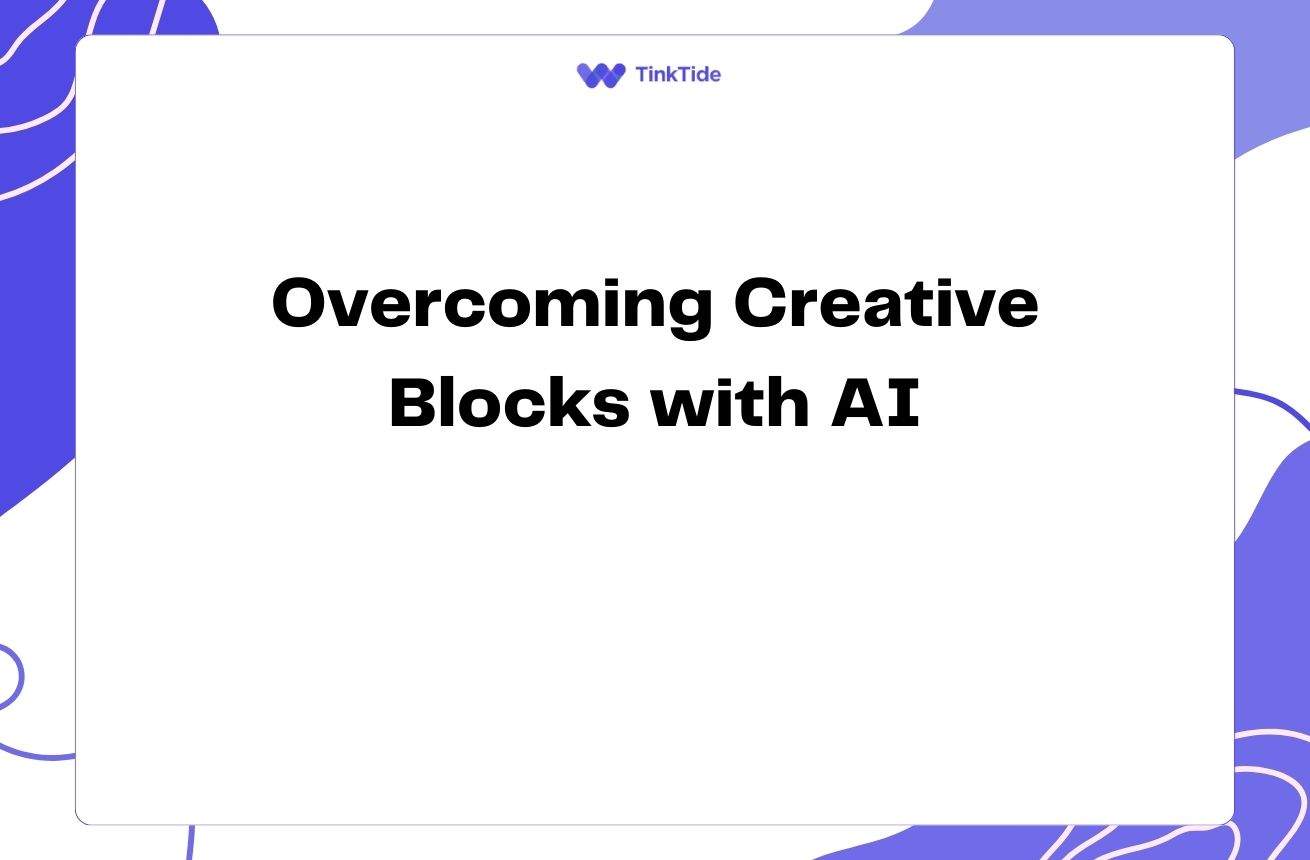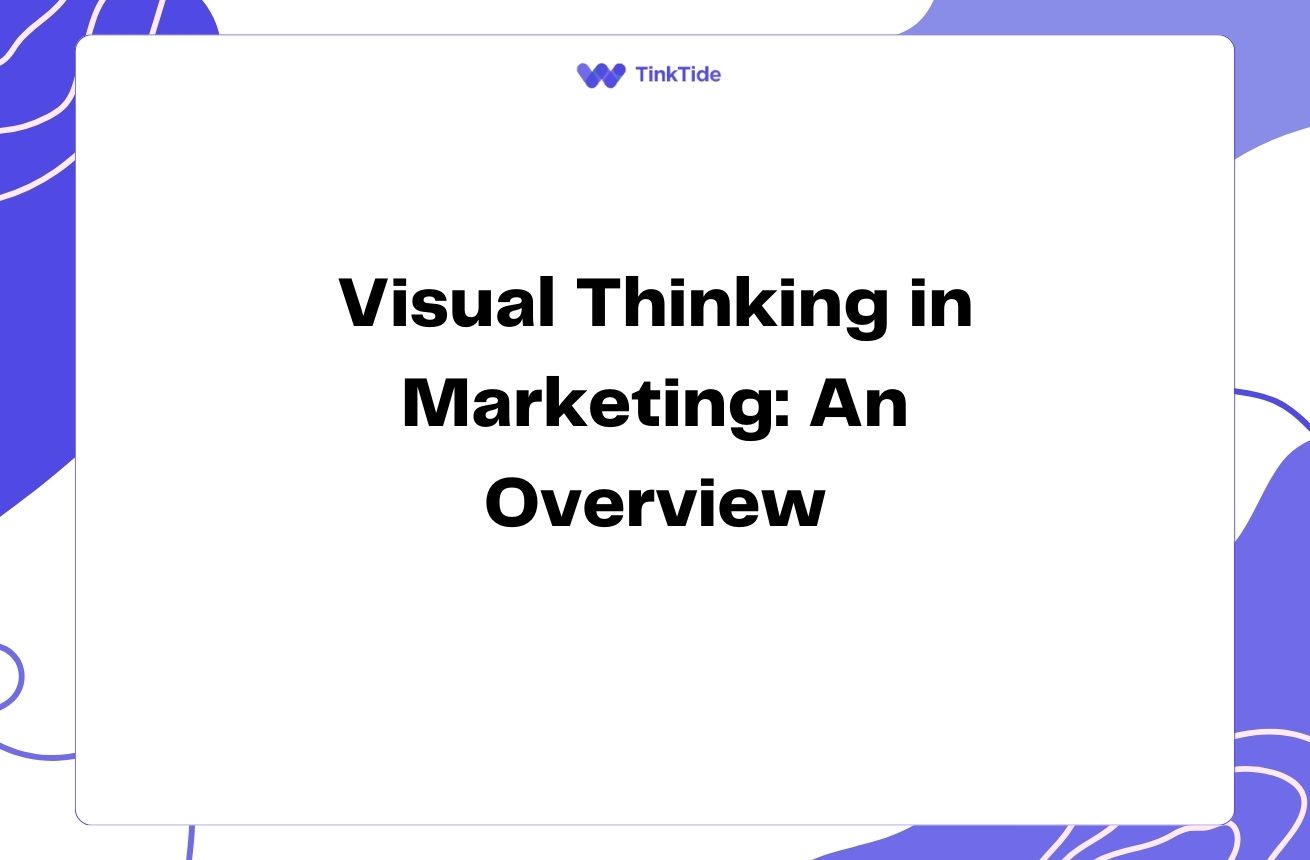Measuring Success: AI-Driven Ideation Metrics and Methods
The Rise of AI in Ideation
Artificial Intelligence (AI) has revolutionized many aspects of our lives, and the realm of ideation is no exception. As organizations increasingly turn to AI-driven tools for generating innovative ideas, it's crucial to have robust metrics and methods in place to assess their effectiveness.
AI-driven ideation offers the potential for rapid idea generation, diverse perspectives, and novel solutions to complex problems. However, without proper evaluation, it's challenging to determine whether these AI-generated ideas truly contribute to innovation and problem-solving processes.
In this article, we'll explore various metrics and methods for assessing the success of AI-driven ideation, helping you make informed decisions about implementing and refining these tools in your organization.
Key Metrics for Evaluating AI-Generated Ideas
To effectively measure the success of AI-driven ideation, consider the following key metrics:
- Quantity of Ideas: The number of ideas generated within a given timeframe
- Quality of Ideas: The overall value and potential impact of the generated ideas
- Novelty and Originality: The uniqueness and innovativeness of the ideas
- Relevance: How well the ideas align with the given problem or objective
- Feasibility: The practicality and ease of implementation of the ideas
Quantitative Assessment Methods
Quantitative methods provide objective measurements for evaluating AI-generated ideas. Here are some effective approaches:
1. Idea Conversion Rate: Calculate the percentage of AI-generated ideas that make it through various stages of development. This metric helps assess the overall quality and viability of the ideas. For example, if 10 out of 100 ideas progress to the prototyping stage, the conversion rate would be 10%.
2. Time-to-Market: Measure the time it takes for an AI-generated idea to go from conception to implementation. Compare this to the average time for human-generated ideas to gauge efficiency improvements. Tools like Jira can help track project timelines and milestones.
3. Return on Investment (ROI): Calculate the financial returns generated by implemented AI-driven ideas compared to the resources invested in the AI ideation process. This metric provides a clear picture of the economic value of AI-driven ideation.
Qualitative Evaluation Techniques
While quantitative metrics are important, qualitative evaluation techniques offer deeper insights into the value and impact of AI-generated ideas:
1. Expert Panel Reviews: Assemble a panel of subject matter experts to evaluate and rate AI-generated ideas based on predefined criteria such as innovation, feasibility, and potential impact. This method leverages human expertise to assess the quality of AI outputs.
2. Stakeholder Feedback: Gather feedback from various stakeholders, including customers, employees, and partners, on the perceived value and potential of AI-generated ideas. Tools like SurveyMonkey can facilitate this process.
3. Comparative Analysis: Compare AI-generated ideas to those produced through traditional brainstorming methods. This approach helps identify unique strengths and weaknesses of AI-driven ideation.
Assessing Long-Term Impact
To truly gauge the success of AI-driven ideation, it's essential to look beyond immediate results and consider long-term impacts:
1. Innovation Pipeline: Track how AI-generated ideas contribute to your organization's overall innovation pipeline. Monitor the percentage of AI-driven ideas that become successful products or services over time.
2. Organizational Learning: Assess how AI-driven ideation influences your team's creativity and problem-solving skills. Does exposure to AI-generated ideas spark new thinking patterns or approaches?
3. Market Impact: Evaluate the market reception of products or services developed from AI-generated ideas. Tools like Google Trends can help track consumer interest and adoption rates.
Implementing a Comprehensive Evaluation Framework
To effectively assess the success of AI-driven ideation, follow these steps:
- Define clear objectives for your AI ideation process
- Select a mix of quantitative and qualitative metrics
- Establish baseline measurements for comparison
- Regularly collect and analyze data
- Continuously refine your evaluation methods based on insights gained
Overcoming Challenges in AI Ideation Assessment
While evaluating AI-driven ideation can be complex, awareness of common challenges can help you navigate the process more effectively:
1. Bias in Evaluation: Be mindful of potential biases when assessing AI-generated ideas. Human evaluators may unconsciously favor familiar concepts over truly novel ones. Consider using blind evaluation techniques to mitigate this issue.
2. Balancing Quantity and Quality: While AI can generate a large volume of ideas, it's crucial to strike a balance between quantity and quality. Develop robust filtering mechanisms to identify the most promising concepts efficiently.
3. Adapting to Rapid Technological Changes: As AI technology evolves, so should your evaluation methods. Stay informed about advancements in AI-driven ideation and adjust your assessment framework accordingly.
Address common questions
Here are some frequently asked questions about assessing AI-driven ideation:
How often should we evaluate AI-generated ideas?
It's recommended to conduct regular evaluations, such as monthly or quarterly assessments, to track progress and identify trends. However, the frequency may vary depending on your organization's needs and the volume of ideas generated.
Can AI be used to evaluate AI-generated ideas?
Yes, AI can be employed to assist in the evaluation process. Machine learning algorithms can be trained to assess ideas based on predefined criteria, helping to streamline the initial screening process. However, human oversight is still crucial for nuanced evaluation and final decision-making.
How do we ensure diversity in AI-generated ideas?
To promote diversity, ensure that your AI model is trained on a wide range of data sources and perspectives. Regularly audit the output for bias and adjust the model as needed. Additionally, combine AI-generated ideas with human brainstorming to encourage a broader range of concepts.
What if AI-generated ideas don't perform well initially?
It's important to view AI-driven ideation as an iterative process. If initial results are unsatisfactory, analyze the reasons behind the poor performance. This might involve refining the AI model, adjusting input parameters, or improving the evaluation criteria. Continuous learning and adaptation are key to success.
How can we measure the cost-effectiveness of AI-driven ideation?
Calculate the total cost of implementing and maintaining the AI ideation system, including software, hardware, and human resources. Compare this to the value generated by successful AI-driven ideas, considering factors such as revenue increase, cost savings, and improved efficiency. This will give you a clear picture of the return on investment (ROI) for your AI ideation efforts.
Provide additional resources
Harvard Business Review: AI-Driven Innovation
Insights on integrating AI into innovation processes
MIT Sloan: Measuring Innovation
Comprehensive guide on innovation metrics
Google AI Blog
Latest developments in AI research and applications
AI for Creativity and Design
Coursera course on leveraging AI for creative processes
Innovation Metrics Toolkit
Practical tools for measuring innovation success
Summarize key takeaways
Assessing the success of AI-driven ideation requires a multifaceted approach that combines quantitative metrics with qualitative evaluation techniques. By implementing a comprehensive framework that considers factors such as idea quantity, quality, novelty, and long-term impact, organizations can effectively gauge the value of their AI ideation efforts.
Remember that successful evaluation is an ongoing process. Regularly review and refine your assessment methods to ensure they keep pace with technological advancements and your organization's evolving needs.
By mastering the art of measuring AI-driven ideation success, you'll be better equipped to harness the full potential of artificial intelligence in driving innovation and solving complex problems. Start implementing these metrics and methods today to unlock the true value of AI-powered creativity in your organization.
Supercharge Your Innovation Process with AI
Discover how our AI-driven ideation tools can transform your creative workflow
Start Your Free Trial

